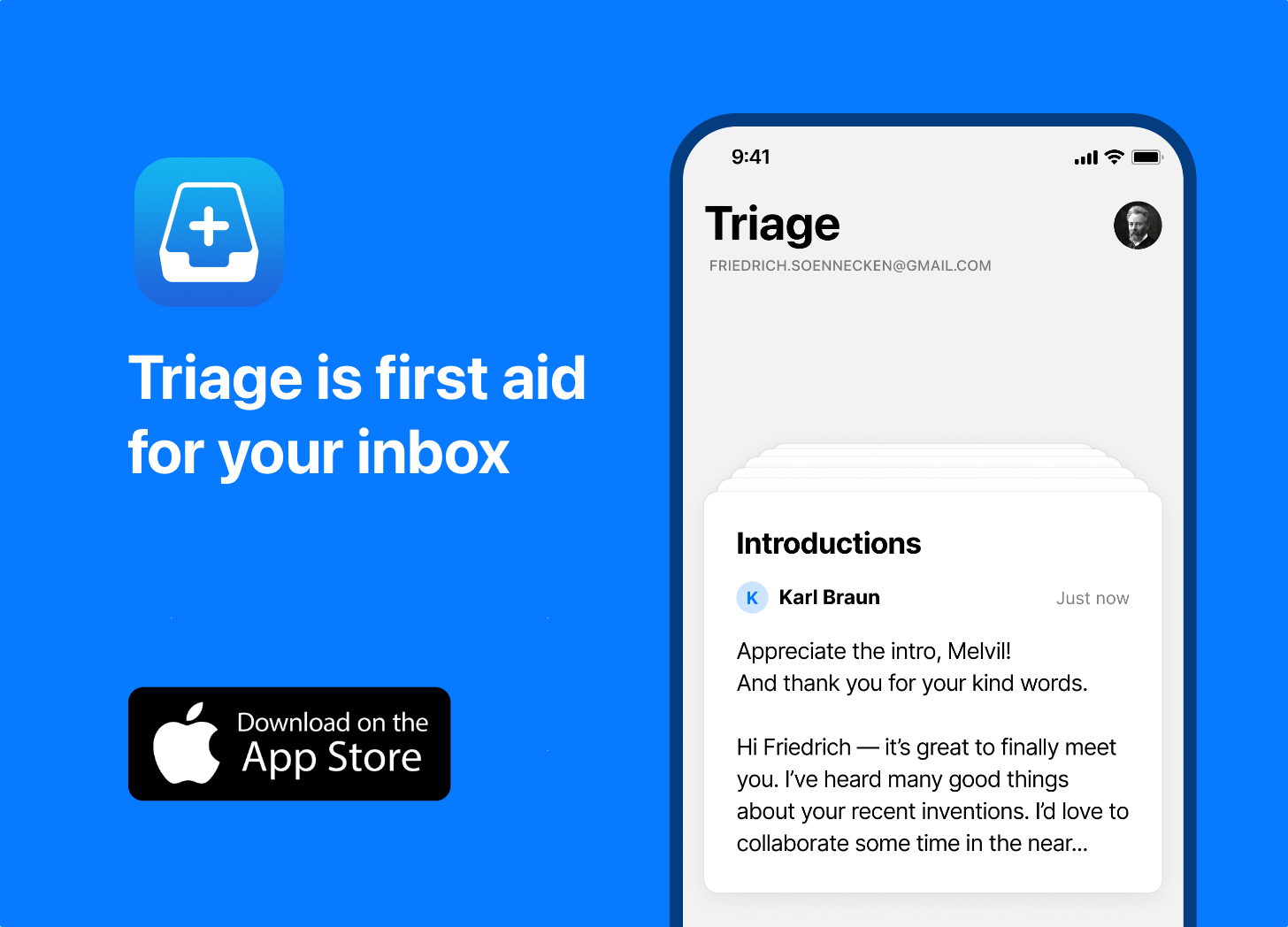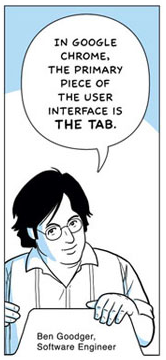
When I was in San Francisco earlier this year I caught up with Ben Goodger, who I first me when he was in Wellington to speak at Webstock. He kindly took some time to show me around Mountain View and we had a nice Mexican lunch at one of his regular hang-outs.
We talked about lots of things, but exactly what he was working on wasn’t one of them.
He said he wasn’t working on Firefox any more. And, I saw that he was running Visual Studio in a VM on his Mac.
But, I didn’t press him beyond that as he was obviously reluctant to say much at that point.
Today we all find out: Google Chrome
Even before it was officially announced there was a lot of buzz about this. There is already a decent Wikipedia page with a good summary of the various features that are included in this initial release.
Here are my thoughts about this:
The rise and rise of WebKit
The number and variety of browsers that web developers need to consider has grown considerably in the last couple of years - IE7 has become the most widely used browser, although there are still plenty of people using IE6, Firefox has been steadily ticking up, and Safari has doubled (albeit from a very low base) probably on the back of people switching to OS X. IE8 is on the horizon. And, now this.
These are the most recent browser stats I have from Trade Me (from July 2008):
| Browser | Market Share |
|---|---|
| IE 7 | 54.2% |
| IE 6 | 23.1% |
| Firefox 2 | 15.6% |
| Safari | 3.3% |
| Firefox 3 | 0.9% |
| All others | 2.9% |
Those sites that don’t take Safari seriously at its current level may need to re-evaulate on the back of this announcement, as Google Chrome is based on the same WebKit foundation as used by Safari (and the iPhone).
Steve Job’s decision to open-source WebKit in 2005 is looking smarter and smarter.
Who said the browser wars were over?
Splendid Isolation
The Google engineers have made a big deal in this annoucement about each tab having its own isolated process and memory space and the performance benefits that will come from this design - most notably when one tab dies it won’t take the whole browser down with it.
It’s true that this is one of the big weaknesses of Firefox, especially when it’s running on an OS that doesn’t need to be re-booted too often. 🙂
But, I wonder if in time the isolation under the hood won’t pale in comparison to the isolation options presented to users.
By selecting the document options (immediately to the right of the address bar omni bar in Chrome) and choosing “Create application shortcut” from the menu you can quickly and effortlessly create a single instance browser for your favourite web applications.
Over the last couple of months I’ve been experimenting with something similar using Fluid on OS X (another browser which uses WebKit).
I have created separate applications for many of the web apps I use the most: Google Reader, Google Docs, Xero, WordPress, etc.
I’ve found various reasons for doing this:
Because each site is running in a separate app I have far fewer problems with the browser leaking memory or crashing. I also don’t tend to leave Firefox running for days on end as much as I used to, as most of the sites I tend to leave open are elsewhere.
Performance is another. Apps which use a lot of Javascript like Xero seem to run much faster on Fluid than in Firefox. The Javascript environment in Chrome, which they are calling V8, promises to be even faster still.
Fluid also lets you customise each application - with a nice icon (which shows in the dock - allowing you to navigate directly to the site), user scripts (using GreaseKit) and other options, such as whether to display the address bar, which URLs are allowed etc.
For example, with Nik from Code To Customer I created a Xero application with a high-resolution icon and a simple script which shows the count of unreconciled transactions on the dock when the app is running. This now feels much more like a native OS X app.

If you’re a Xero and Mac user and you’d like to try this out: download the application and user script (the script needs to be installed manually once you’ve run the app - start with Command-Alt-N and follow your nose). I’d be interested to hear what you think of it.
Google Chrome seems to just use the favicon, which looks pretty ugly. Perhaps they could support an alternative link in the header to a higher resolution icon to use in this case? UPDATE: they do, see below.

I’ve even created a Fluid app for the web-based control panel on my home NAS, which broke horribly when I upgraded to Firefox 3.
In Firefox:
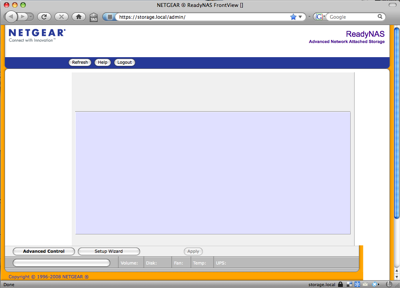
In Fluid:
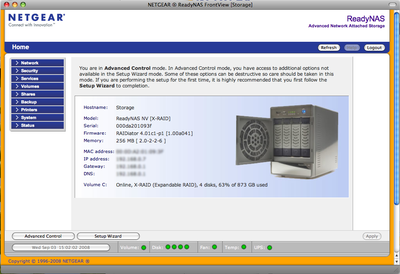
Why are single instance applications important?
Lots of non-technical users don’t differentiate between their browser and the sites they visit in the browser. To them the “blue e” is the internet and Google is the new https://.
How else do you explain the popularity of sites like YahooXtra and MSN NZ, other than that people don’t realise that they can change the default home page on their browser?
For those of you who run your own site, look at your referral logs and notice how many people type your URL into a search engine. If they had a good mental model of their browser wouldn’t it make more sense to use the address bar?
My prediction: look out for icons for all of the different Google apps on a desktop near you soon (or dock if you’re one of the cool kids).
And, if you have your own site, you should be thinking about how to package it into an application.
A little bit of personality goes a long way
I’ve linked to a number of great cartoonists here, including Hugh McLeod, Jessica Hagy, xkcd, Scott Adams, HowToons, and Savage Chickens.
Add Scott McCloud to that list (see: scottmccloud.com).
The cartoon book they have put together to announce the launch and describe some of the design decisions behind Chrome is really well done and well worth a read if you haven’t already taken the time.
Perhaps this is what all technical documentation should look like?
Is there anybody in New Zealand who can do this sort of thing? If so I’d like to talk to them.
Using the engineers who built the browser as the characters is a nice touch too, and I’m sure a nice ego boost to those involved (many of the same people appear in person in this video)
They have also managed to strike a good balance with their user interface.
The blue background differentiates it from other apps and makes the tabs stand out.
They have definitely gone for the “less is more” approach, which is great.
I have to admit, Google Chrome has one of the simplest — and the least attractive — UIs I’ve seen in a while. I didn’t realize how much I rather liked the color that the icons in most toolbars lend my apps until faced with the Spartan blue tagged interface that Chrome opens with.
Here’s how the “chrome” part of the various browsers look in Windows Vista (via VMWare):
Internet Explorer 7:

Firefox 3:

Chrome:

When you see these side-by-side you realise how putting the tabs on top is a great design decision (although some credit should go to the Opera team for pioneering that approach).
Also, look out for the “stats for nerds” link on Task Manager 🙂
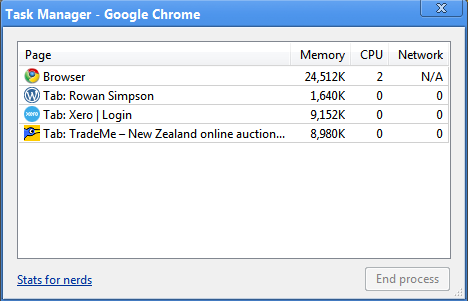
But:
Just because Google builds it doesn’t mean they will necessarily come.
Many of the problems it solves are not problems that many people know they have. Is it really 10x better for those people?
I remember web developers getting very excited when Firefox first launched. Finally a browser to replace Internet Explorer, we all thought.
While that may have been broadly achieved amongst technical types, it’s not true at all for the general population (see: We’re Not Normal).
Firefox 1.0 launched in January 2005 (a long time ago now, eh?) By August 2006 it had achieved just over 11% market share in NZ and, as per the numbers above, has since grown to around 16%. While this is a huge number of users it’s not really the predicted global domination.
I think it was Blake Ross (one of the other original Firefox guys) who said that he appreciated Internet Explorer, because how else would people download Firefox!
He was joking, obviously, but there is an element of reality in that statement.
You could probably argue that 16% is the proportion of general internet population who have ready access to a geek to upgrade their browser for them. Everybody else is blissfully unaware. 🙂
What market share do you think Chrome will achieve?
And, how much of that will be at the expense of Firefox?
UPDATE (12-Sept): Ben got in touch with some more information about adding custom icons when creating application shortcuts in Chrome:
You actually can specify larger images to be used in your application
shortcuts when the user chooses the menu in Chrome:
https://www.google.com/chrome/intl/en/webmasters-faq.html#customshortcutsIn addition, you can write script in your page so you can offer UI to
create the shortcuts yourself using Gears:
https://code.google.com/apis/gears/api_desktop.htmlHope this is useful info!
-Ben
